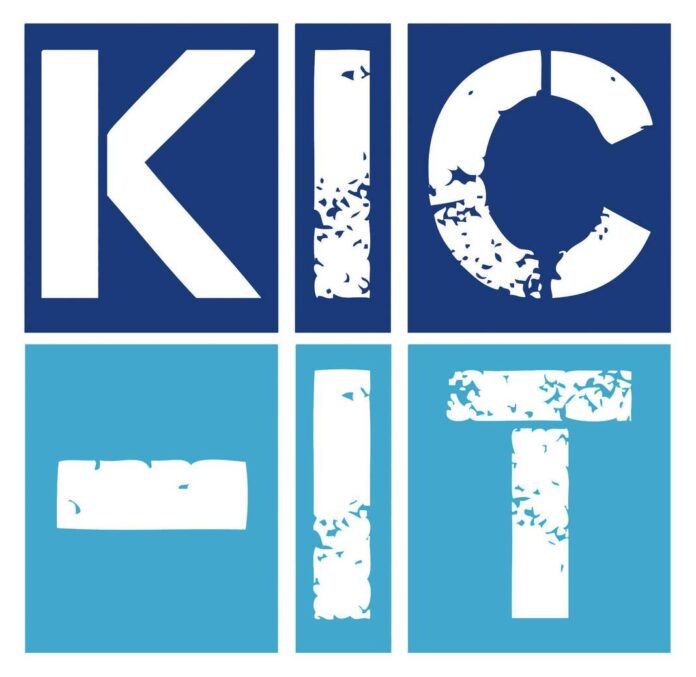When KIC-IT was formed in 2011, its goal was to end the cycle of homelessness in Johnson County. With a new program that brings help directly to students in local schools, the organization is hoping to break the cycle before it starts.
As the school year begins, KIC-IT, which stands for Kids in Crisis-Intervention Team, will be starting a new program, Youth Ally for Homeless Education and Prevention, or YAHEP for short. Multiple times a month, staff members will go into Franklin, Greenwood, Indian Creek and Center Grove high schools to help at-risk students stay in school, said Katie Schwarz, KIC-IT’s executive director.
“Most of our programming efforts have been on the reactionary side of homelessness. Most of our youth do not have a high school diploma or a GED,” Schwarz said. “The (YAHEP) program is working to plan and prepare at-risk youth with the next steps after high school. We’re not focusing on students in a college-bound track. We’re focusing on youth identified through McKinney-Vento or youth at risk of dropping out of school or being kicked out of school and knowing what resources are available to them.”
The McKinney-Vento Act Homeless Assistance Act guarantees federal money for the education of homeless youth. That money is funding the new KIC-IT program, as the organization added a new employee to focus on the program. KIC-IT currently serves 25 students, and the organization expects the number to rise when staff members start going to high schools, Schwarz said.
That new staff member will connect students with resources like food stamps, transportation from Access Johnson County, local food pantries and help from Johnson County WIC if they have children, Schwarz said.
Students who are able to navigate challenges and stay in school and graduate greatly decrease their likelihood of becoming homeless, she said.
“One of our goals is to reduce high school dropout rates and increase graduation rates,” Schwarz said. “Most of the youth I see walk through our doors don’t have high school diplomas, and it’s a barrier to higher-paying wages, which has a correlation with not being able to afford housing. When you look at homelessness and breaking out of that cycle, education and employment go hand-in-hand.”
For example, at Center Grove High School KIC-IT will visit the school and the district’s alterative programs, the Simon Youth Academy and the Bridges Academy, once a month, said Christi Berger, director of school counseling and mental health for Center Grove schools. Having staff come to the schools rather than students having to travel to KIC-IT will be helpful to students, Berger said.
“We’ll work with school social workers to identify students who need support,” Berger said. “With most families, transportation and time can be a barrier in getting them the support they need. We know students will be in our building, and it’s best if we can get them support during that time with parent permission. We’re working with students and their family during school hours when they’re at the school. We’ll find time during the day for one-on-one coaching for resume building, connecting them to resources for medical purposes, food (and) rent.”





